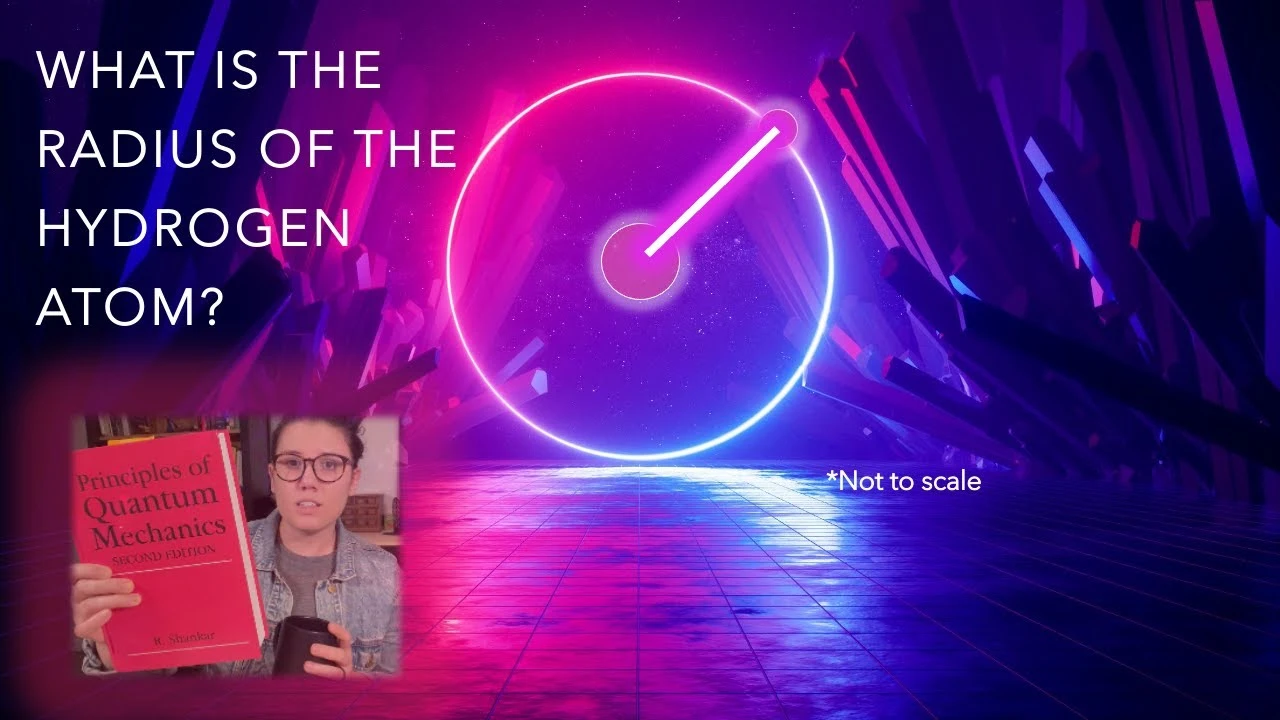Five
Admin at Slrpnk.net
Pronouns: they/he
The Five Filters of the Propaganda Model
Admins PM me for access to Fedi Admin Guild Loomio
- 6 Posts
- 1 Comment
Joined 1 year ago
Cake day: August 18th, 2023
You are not logged in. If you use a Fediverse account that is able to follow users, you can follow this user.











An electron is both a particle and a wave. This can be confusing, because an electron can also create waves (called photons, which are both waves and particles too) when it changes energies. Basically if you measure an electron’s position, it will behave like a particle, but when unmeasured, it will exist in a region of space described by a probability equation, like a wave. If you measure the location repeatedly over a time period and super-impose those measurements, it will look like a cloud of electrons taking the shape of the electron’s probable location in space. But when it is not being measured, it doesn’t constantly ‘move’ - it exists everywhere inside that shape at the same time, the same way a sound exists everywhere in a room at once.
Those regions of probability are called orbitals, but they don’t look like planetary orbits – that’s just the name they got from Bohr’s flawed model. Here’s a sample of some of the more elegant shapes an orbital can take. In these pictures, the hazy cloud you might see in the super-imposed example is replaced with a solid shell so the shape is more obvious.
The pictured shapes are all scaled to look roughly the same size, but with more electrons, you get larger and stranger shaped electron clouds, which again, represent the likelyhood of finding an electron there if you measured it.